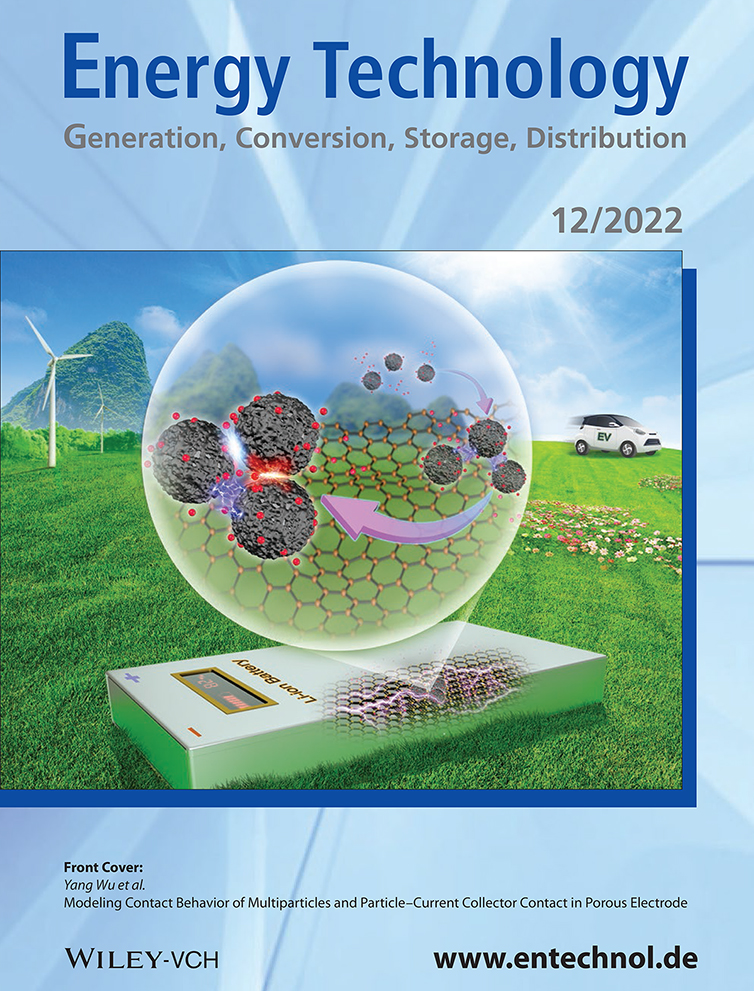Theoretical Modeling of Perovskite–Kesterite Tandem Solar Cells for Optimal Photovoltaic Performance
Abstract
Herein, a solar cell device simulation study is performed using the solar cell capacitance simulator 1D tool to assess the performance parameters of a monolithic two-terminal (2-T) and a mechanically stacked four-terminal (4-T) tandem solar cell with a top perovskite subcell and a bottom subcell consisting of a perovskite material FA0.83Cs0.17PbI1.5Br1.5 and a kesterite photovoltaic material Cu2ZnSnSe4 as the light-harvesting material, respectively. The 2-T tandem device design furnishes a open-circuit voltage, short-circuit current density, fill factor, and power conversion efficiency (PCE) of 1.81 V, 18.18 mA cm−2, 66.18%, and 31.15%, respectively, while establishing the condition of matching the short-circuit current density between the top perovskite and bottom kesterite cells. The 4-T device furnishes a high PCE of 37.49% when the filtered spectrum is used for modeling the bottom subcell. Further, the optimization of the input parameters of the light active layers of the top and bottom cells leads to an increase in PCE of the 4-T tandem device to 37.84%.
Conflict of Interest
The author declares no conflict of interest.
Open Research
Data Availability Statement
The data that support the findings of this study are available from the corresponding author upon reasonable request.




